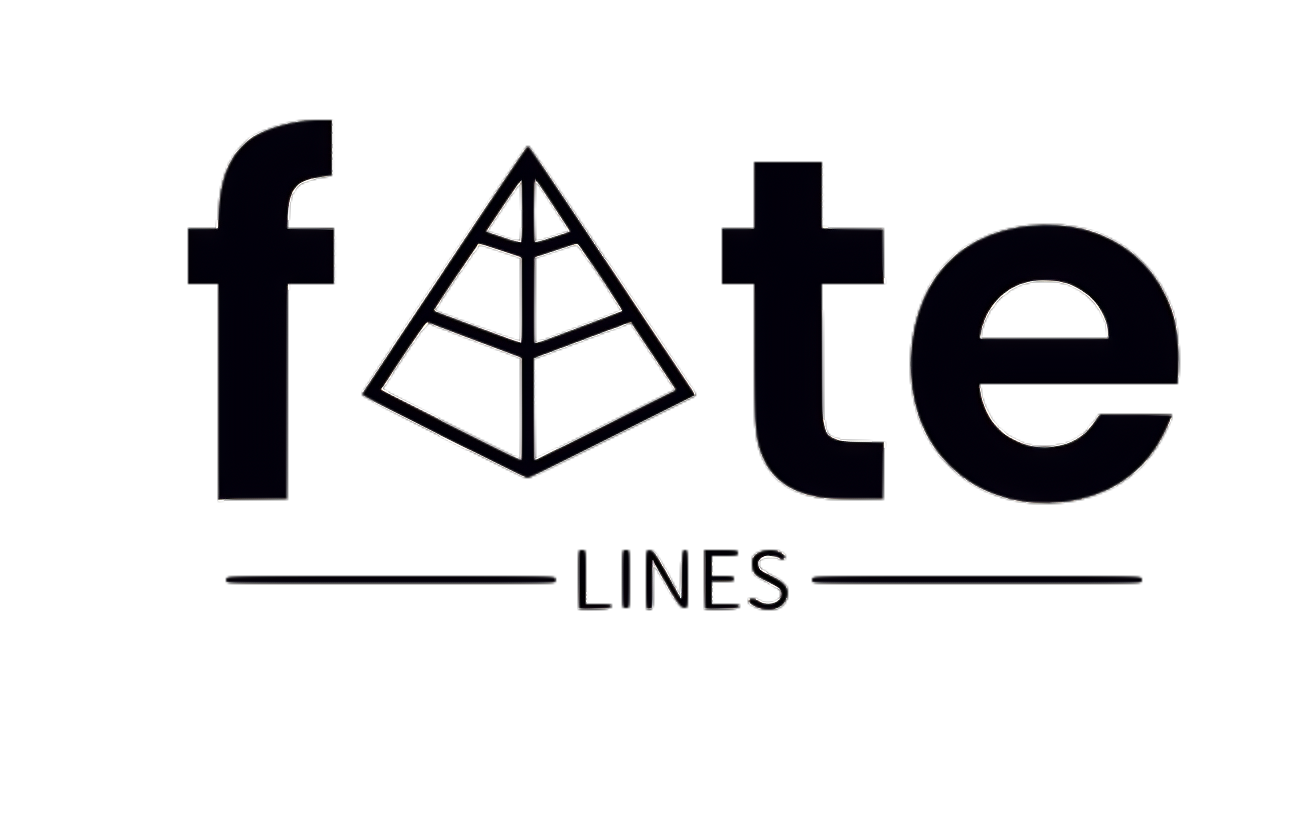-

Gaia, known as the personification of Earth in Greek mythology, represents a primordial goddess who has been revered since ancient times. Hailing from Chaos, she is recognized as a principal or maternal goddess, revered by both gods and mortals alike. Her descendants include the progeny of Uranus (Heaven) and Pontus (Sea), with her Roman counterpart…
-
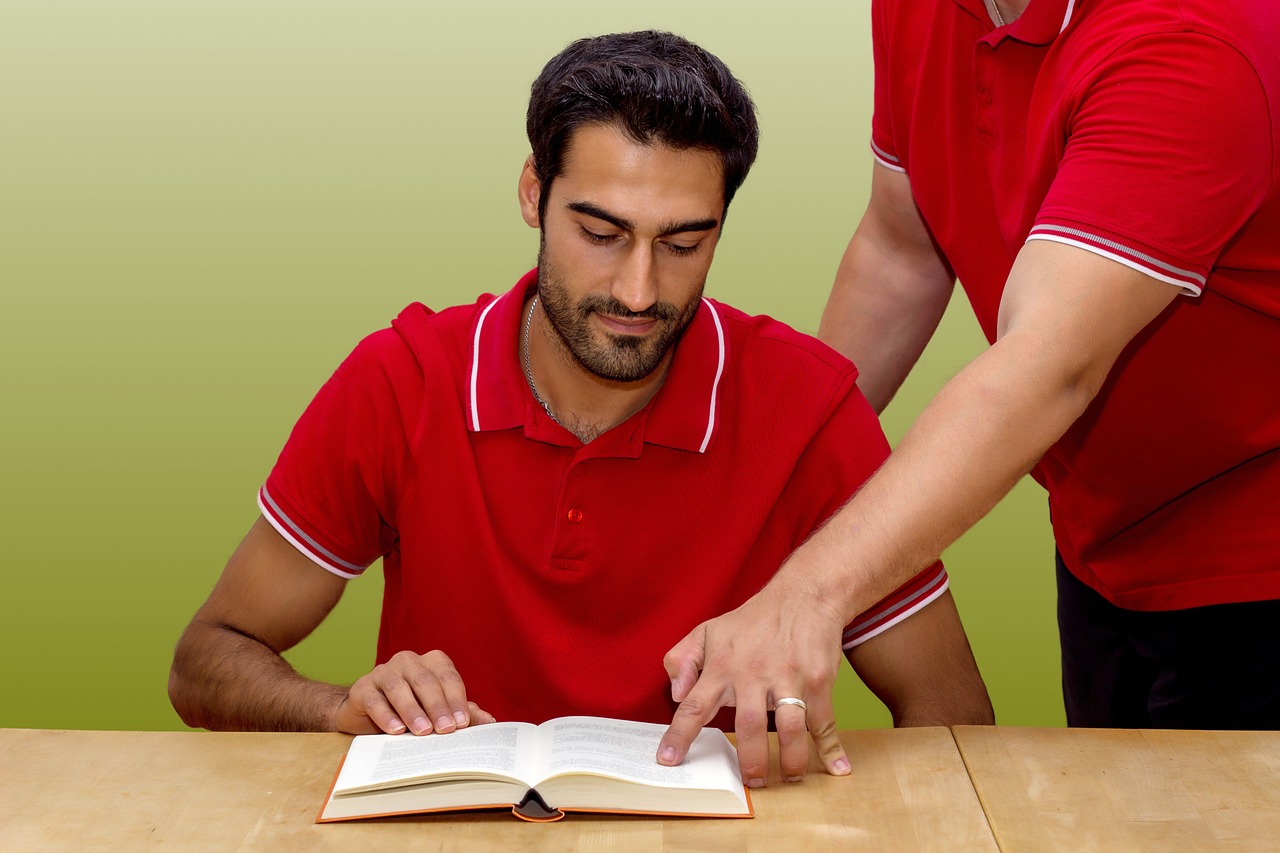
Simon Stone’s adaptation of Euripides’ Medea breathes new life into the classic tale, intertwining timeless themes of betrayal and emotional turmoil with a modern narrative that resonates with contemporary audiences. In this version, Medea’s husband, Jason, has forsaken her and their two children for Glauce, daughter of King Creon. Ensnared by despair and powerlessness, this…
-
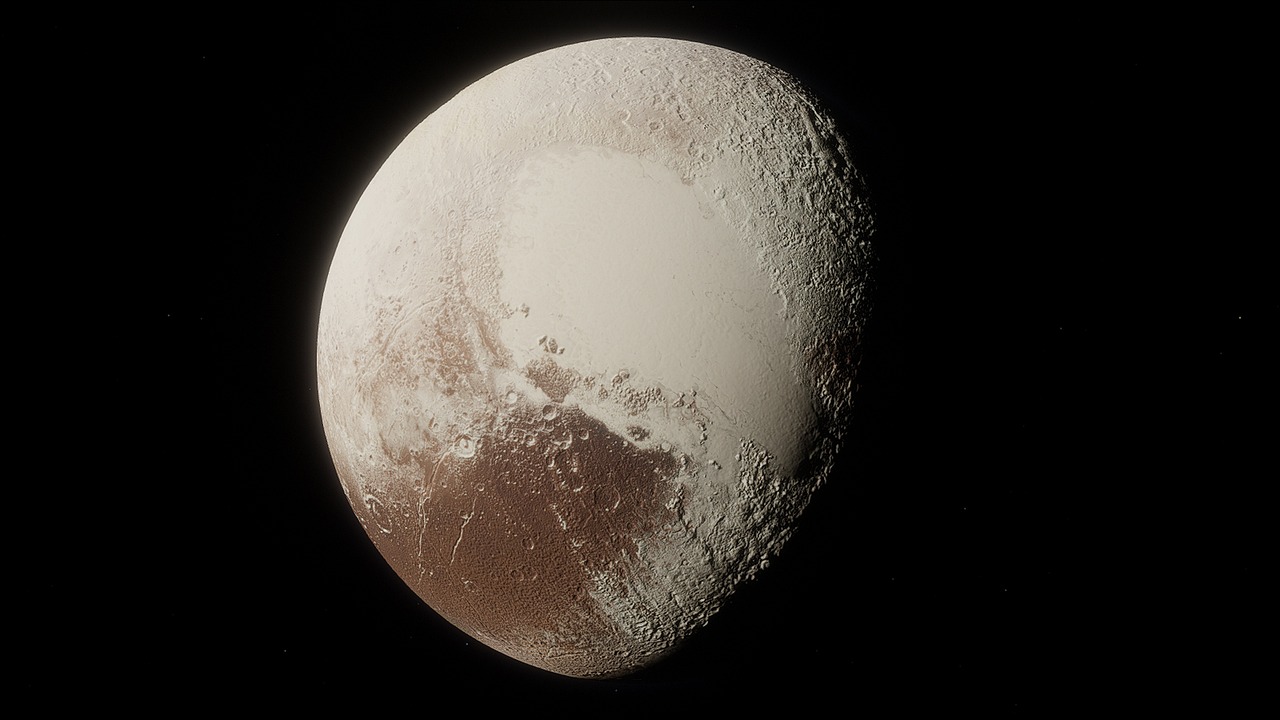
Pluto, the Roman god of the Underworld, has an intricate mythology akin to his Greek counterpart, Hades. Choosing to reside in the realm of the dead rather than participate on Olympus with the other deities, Pluto embodies themes of life, death, and the human fear of the unknown. Family and Divine Hierarchy Born to the…
-
Belenus, revered as the Celtic god of fire, stands out as an essential deity in ancient Celtic worship across various regions. His significance is underscored by attributes linked to radiance and healing, portraying him as a symbol of brightness associated with renewal and fertility. Celebrated particularly during pastoral activities and the Beltane festival, Belenus represents…
-
Taweret, an intriguing deity from ancient Egyptian mythology, features a unique combination of attributes: the body of a hippopotamus, the limbs of a lion, and the head of a crocodile. This unusual physicality gives her a seemingly whimsical appearance, evoking imagery of gods playfully experimenting with forms. However, beneath this jovial exterior lies a powerful…
-
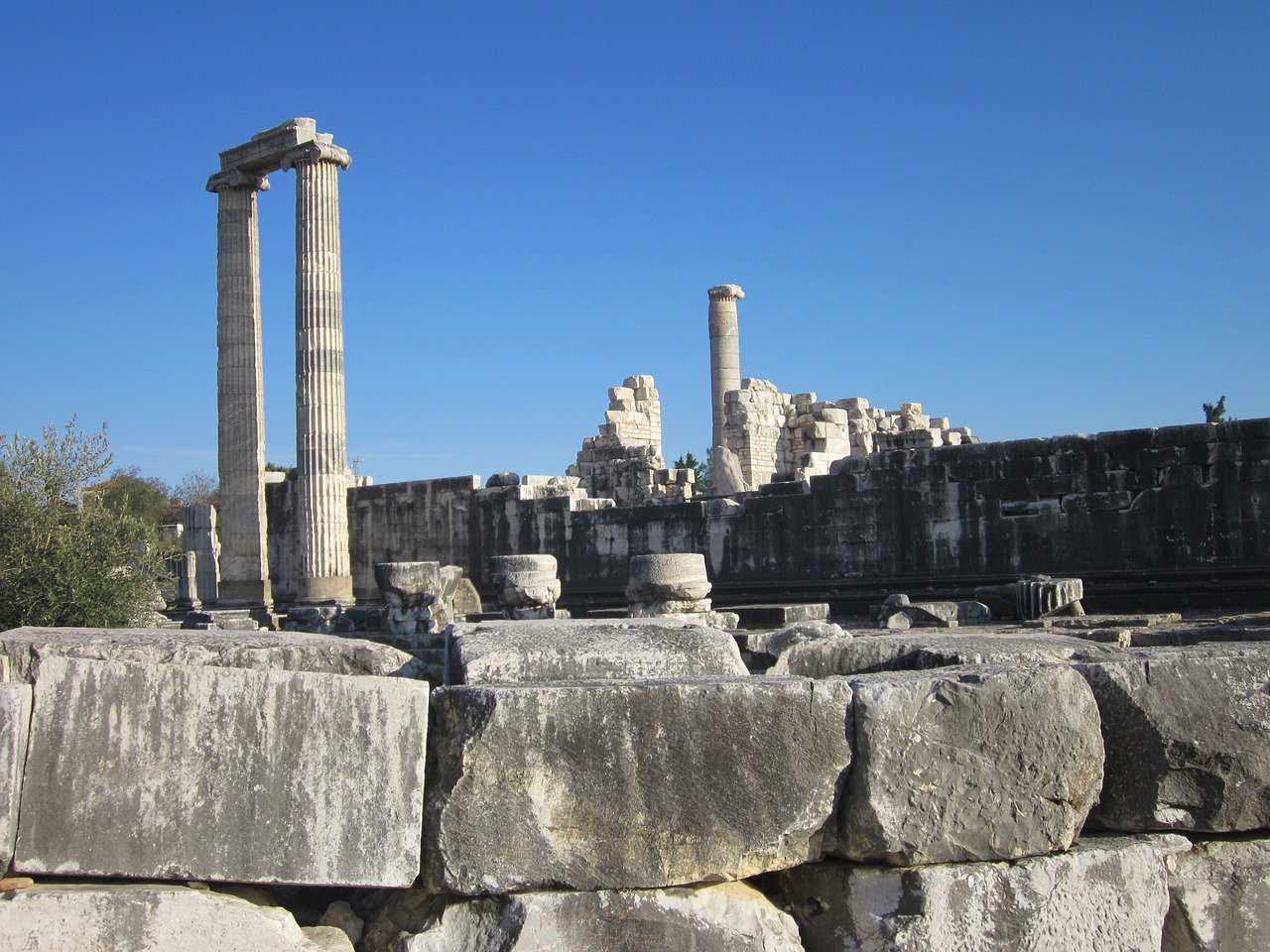
Apollo: The Olympian God of Prophecy and Arts Apollo, often referred to in Greek mythology as Apollon, is one of the revered Olympian gods, embodying a multitude of aspects including prophecy, music, healing, and the arts. He is typically portrayed as a youthful figure, characterized by his beardless face, long hair, and is commonly associated…
-
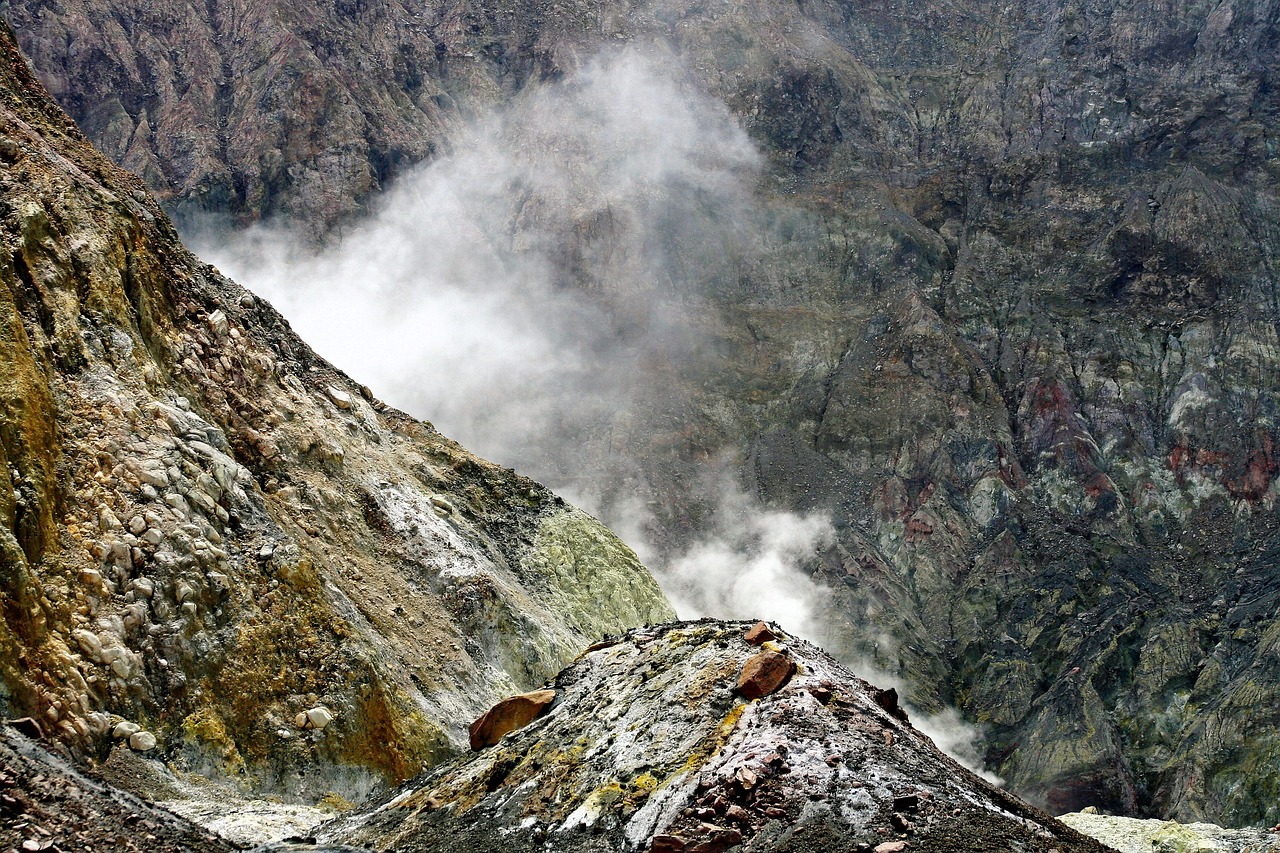
Hades: The Ruler of the Underworld Hades, whose name translates to “the Unseen,” is a prominent figure in ancient Greek religion, recognized as the god of the underworld. The offspring of the Titans Cronus and Rhea, he is also the brother of renowned deities including Zeus, Poseidon, Demeter, Hera, and Hestia. The visualization of the…
-
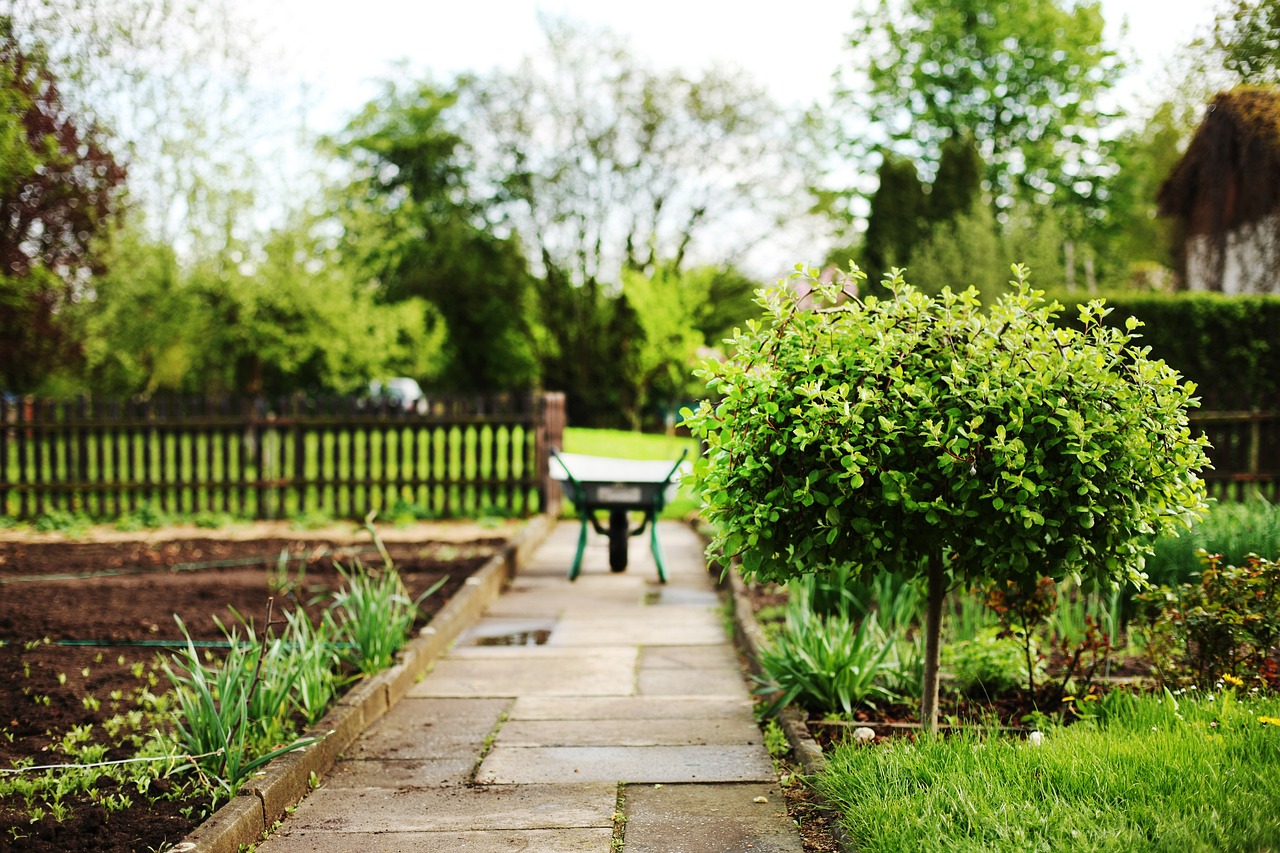
Often compared to the mythological phoenix of Greek heritage, the Bennu bird represents themes of renewal in ancient Egyptian culture. If you are passionate about mythology or simply interested in historical narratives, the stories surrounding the Bennu offer fascinating insights into the spiritual and cultural fabric of ancient Egypt. Understanding the Bennu Bird The Bennu…
-
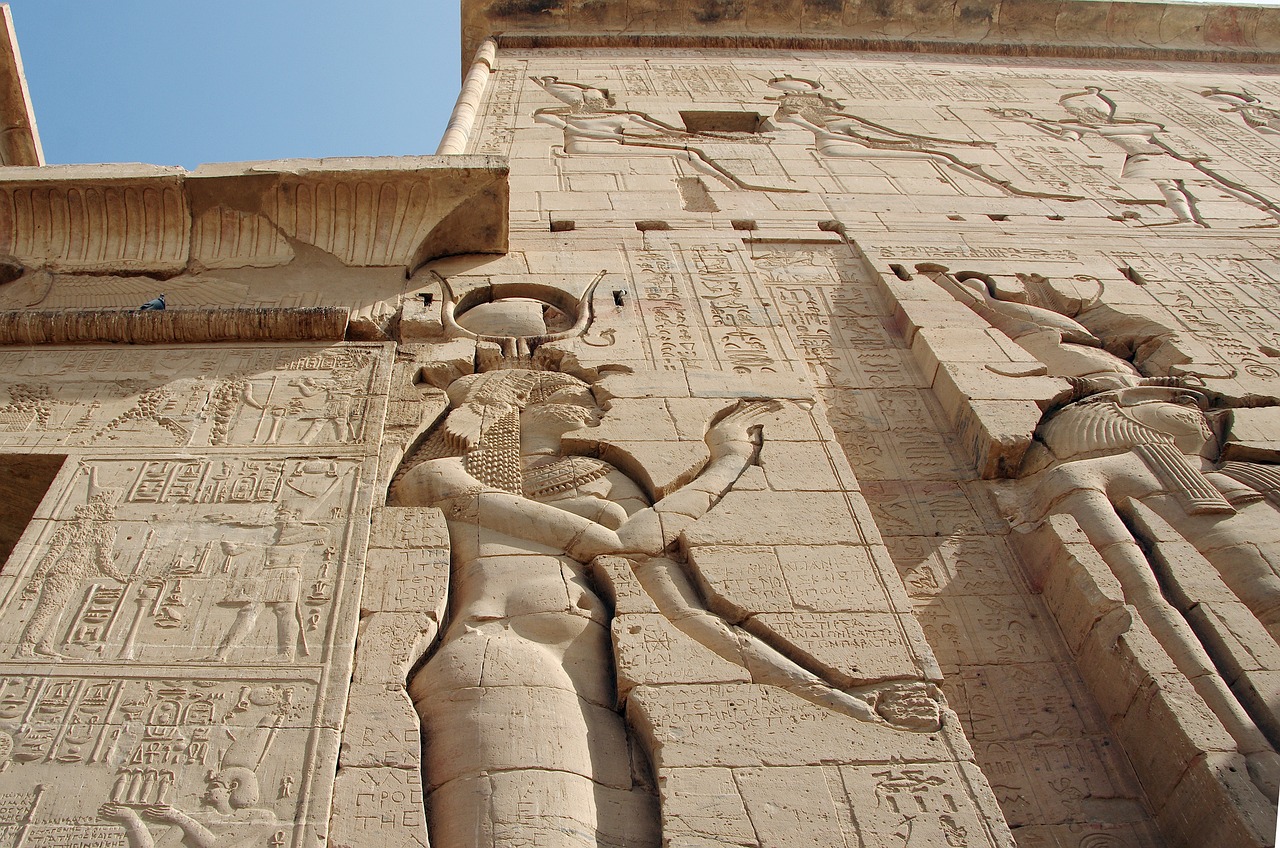
In ancient Egyptian lore, no goddess is more often heard speaking than Isis. Her narratives depict her engaging in conversations not just with fellow deities but also with her devotees. This communication style reflects her distinct attributes, as her growing narrative absorbed Greek cultural elements following Alexander’s conquest of Egypt in 332 BC. An integral…
-
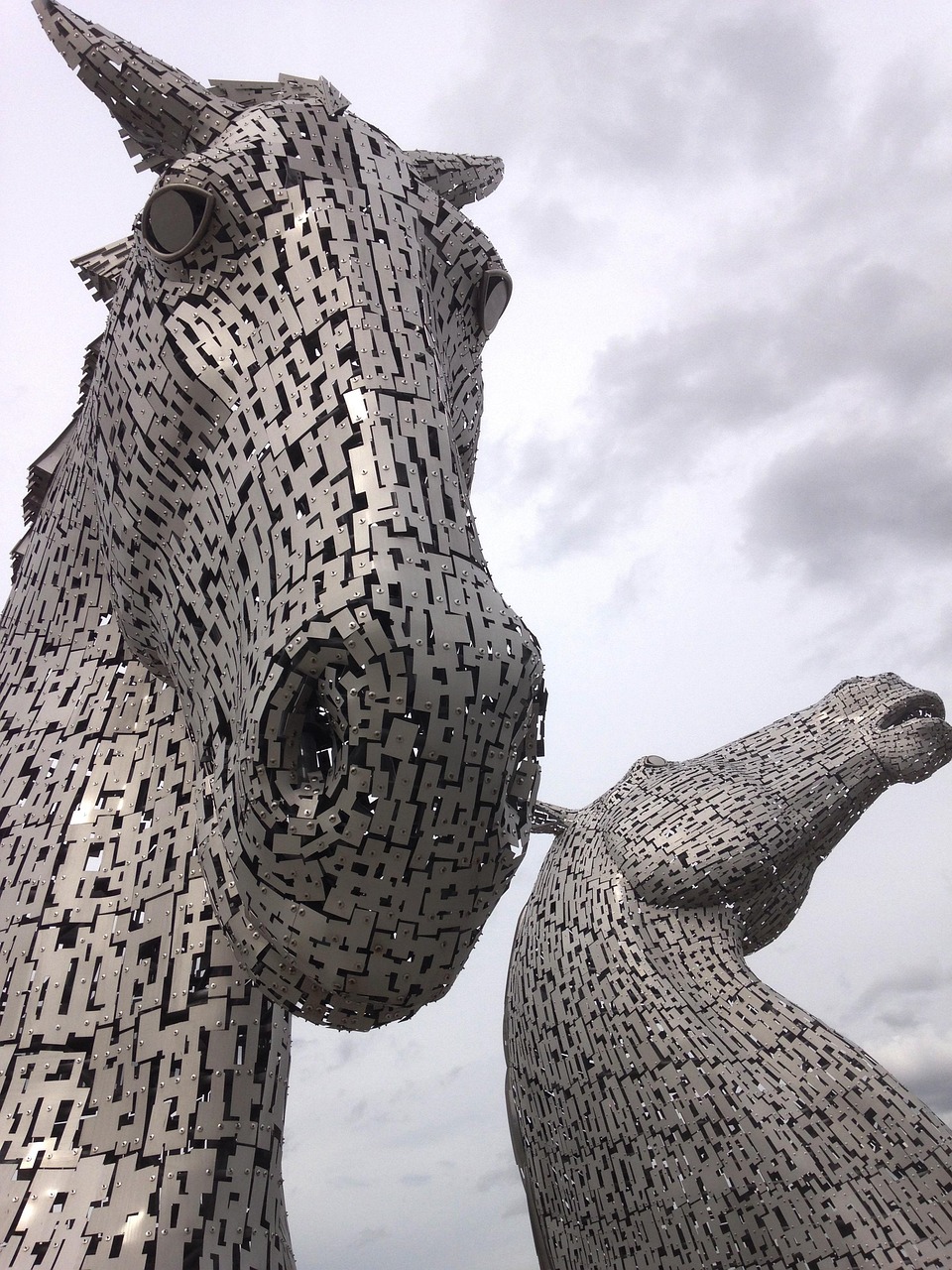
If you’re planning an exciting day trip from Edinburgh or searching for an unexpected roadside attraction in Scotland, The Kelpies should definitely top your list! These impressive horse head sculptures are an integral part of The Helix, a public park designed for community enjoyment. Alongside these breathtaking statues, you’ll find scenic canal pathways, national cycle…
